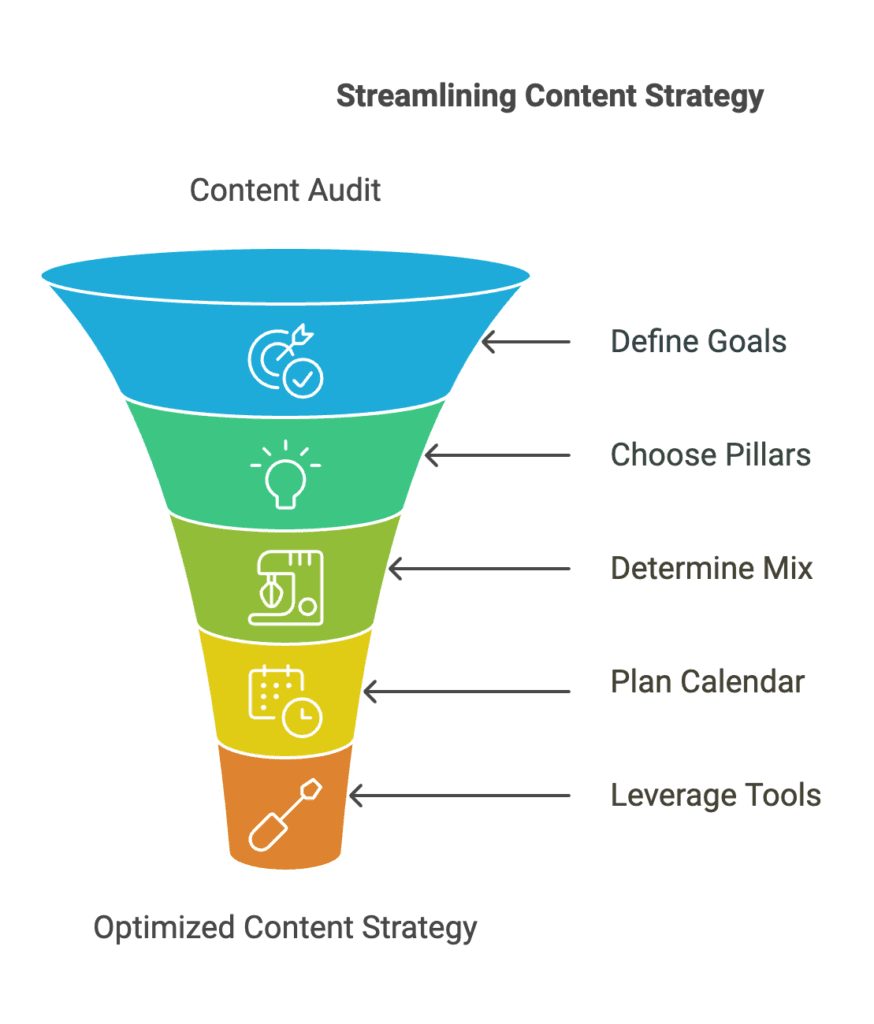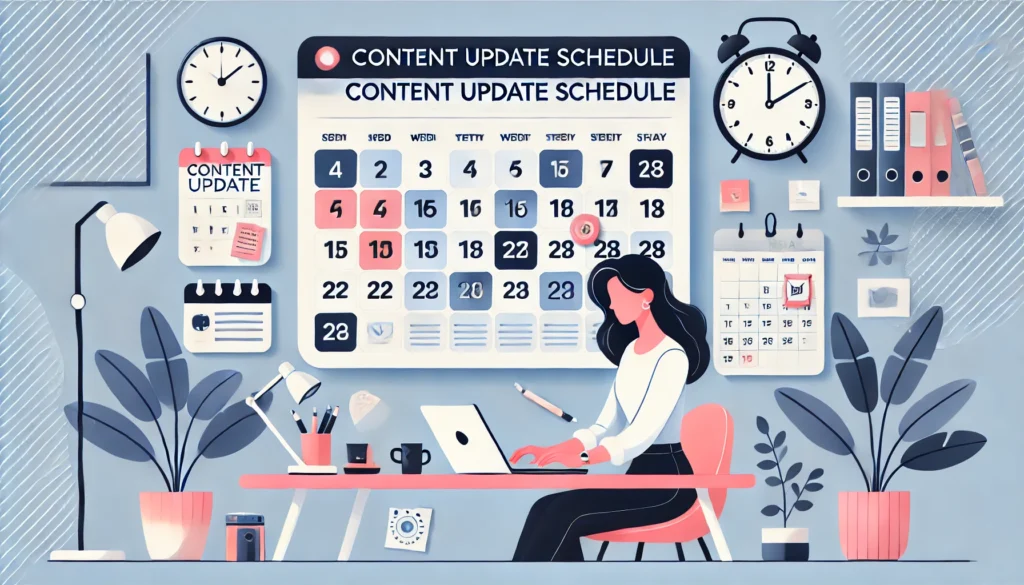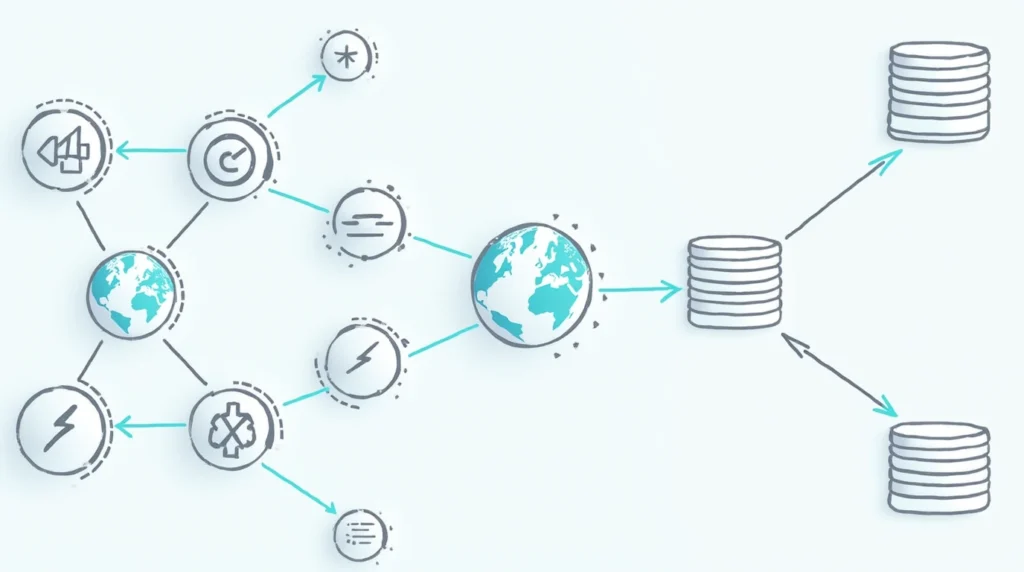Why Fresh Content is a Must for Your Website
Did you know that websites with updated content can see up to 67% more traffic than those that remain stagnant? Keeping your content fresh is not just about maintaining relevance; it’s also a cornerstone for boosting SEO rankings, engaging users, and establishing authority in your niche. This guide aims to equip you with a practical, actionable strategy to create an ideal content update schedule tailored to your website’s goals.
Why Regular Content Updates Matter
SEO Benefits
- Improved Search Rankings: Search engines like Google prioritize fresh content, as seen in studies showing websites with regular updates rank higher for competitive keywords.
- Increased Organic Traffic: A case study from HubSpot demonstrated a 106% increase in organic traffic after updating older blog posts with fresh, relevant information.
- Better Indexing: Sites that frequently refresh content are crawled more often by search engines, leading to faster updates in search results for new pages or changes.
User Engagement Benefits
- Retaining Visitors: Fresh content keeps users coming back.
- Reduced Bounce Rates: Engaging updates encourage users to explore.
- Building Trust: Regular updates show your audience that your site is active and reliable.
Business Benefits
- Lead Generation: Updated content can directly support sales funnels.
- Thought Leadership: Regular posts establish your expertise in the field.
- Enhanced Marketing: Supports social media and email campaigns.
Factors Influencing Your Content Update Schedule
1. Industry and Niche
Websites in dynamic industries like technology or news require frequent updates, while those in evergreen niches like personal development may need fewer changes.
2. Target Audience
Understanding your audience’s behavior and preferences is crucial. Are they looking for breaking news, in-depth guides, or inspirational stories?
3. Website Goals
Clarify whether your focus is lead generation, e-commerce, or brand awareness. This will guide your content priorities.
4. Resources and Budget
Be realistic about what your team can achieve without compromising quality.
5. Content Types
Blog posts, videos, and infographics may all have different lifecycles. Align your schedule with the longevity of each format.
Suggested Content Update Frequencies
Different update frequencies can dramatically impact website performance. For instance, daily updates on news sites like CNN or BBC help retain readers who expect up-to-the-minute information. Blogs that update 2-3 times a week, such as Shopify’s e-commerce blogs, see higher engagement and maintain user interest through consistent content flow. Meanwhile, weekly updates—a standard for many business blogs like Clear Design Experts—strike a balance between quality and quantity, ensuring meaningful insights without overwhelming resources. Monthly updates work well for evergreen content, as seen on personal development sites, which focus on timeless, high-quality articles. Finally, quarterly or annual updates are best for corporate sites and informational blogs, where comprehensive audits and updates ensure content remains accurate and relevant.
| Frequency | Suitable For | Example Platforms |
|---|---|---|
| Daily | News websites, high-volume blogs | CNN, BuzzFeed |
| 2-3 Times a Week | Active blogs, e-commerce with promotions | Shopify blogs, online magazines |
| Weekly | Standard business blogs | Clear Design Experts blog |
| Monthly | Evergreen content sites | Personal development websites |
| Quarterly/Annually | Core pages, audits | Corporate sites, informational blogs |
How to Create Your Content Update Schedule

1. Conduct a Content Audit
Identify which pages perform well and which need improvement. Tools like Google Analytics and SEMrush can help pinpoint underperforming content.
2. Define Your Content Goals
Set clear objectives, such as increasing traffic, boosting engagement, or generating leads.
3. Choose Your Content Pillars
Focus on themes that align with your audience’s interests and your business objectives.
4. Determine Your Content Mix
Include a variety of formats—blogs, videos, podcasts, infographics—to cater to different preferences.
5. Plan with a Content Calendar
Use tools like Trello or Asana to schedule topics, deadlines, and publishing dates.
6. Leverage Tools and Resources
Consider platforms like HubSpot or Buffer for scheduling and analytics to streamline your process.
Maintaining and Optimizing Your Content Update Schedule
Actionable Tips for Optimization
- Use Real-Time Analytics: Employ tools like Google Analytics to monitor real-time traffic and identify which updates resonate most with your audience.
- Set SMART Goals: Define Specific, Measurable, Achievable, Relevant, and Time-bound objectives for your content updates to ensure focused efforts.
- Create a Feedback Loop: Encourage readers to leave comments or participate in surveys to gather insights on what content improvements they’d like to see.
Case Study: Small Business Success
A local bakery updated their product pages monthly to reflect seasonal offerings. By including high-quality images, descriptive text, and promotional updates, they saw a 40% increase in page visits and a 25% boost in online orders within six months. This example highlights how even small, consistent updates can drive significant results.
Tools for Streamlining the Process
- Trello or Asana: For managing content calendars and team assignments.
- Grammarly or Hemingway: For ensuring clear, concise, and error-free updates.
- Canva: To create visually appealing graphics for repurposed content.
By combining these strategies, you can create a robust, efficient process for maintaining and optimizing your content schedule.
Track Your Results
Regularly monitor key performance indicators (KPIs) such as traffic, engagement, and conversions.
Analyze and Adjust
Be prepared to adapt your schedule based on audience feedback and analytics data.
Repurpose Content
Maximize ROI by turning blog posts into infographics, videos, or social media snippets.
Stay Consistent
Consistency builds trust and keeps your audience engaged.
Conclusion: Start Building Your Content Update Schedule Today
An effective content update schedule is essential for maintaining your website’s relevance and performance. By understanding your audience, leveraging the right tools, and staying consistent, you can drive significant results. Start small if needed, but remember—consistency is the secret ingredient.
Ready to take your content strategy to the next level?
Contact Clear Design Experts for a consultation today and transform your website into a traffic magnet!






